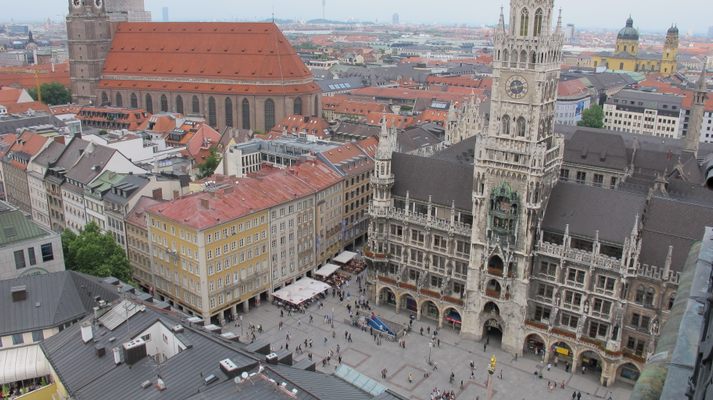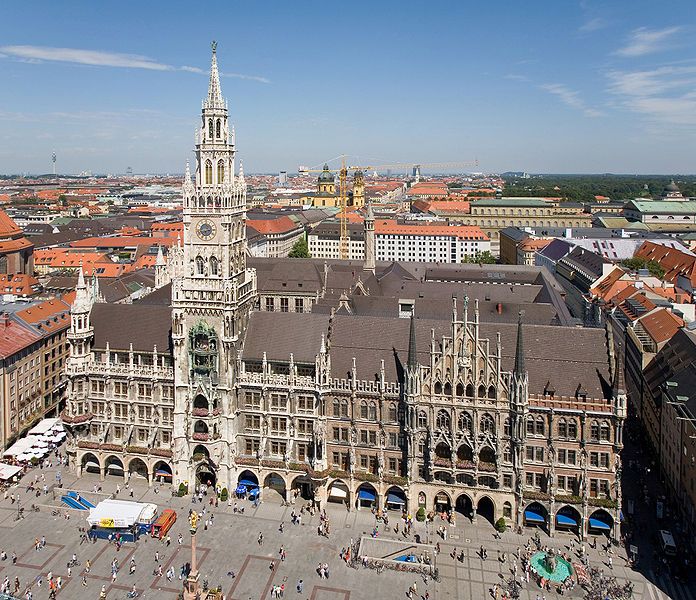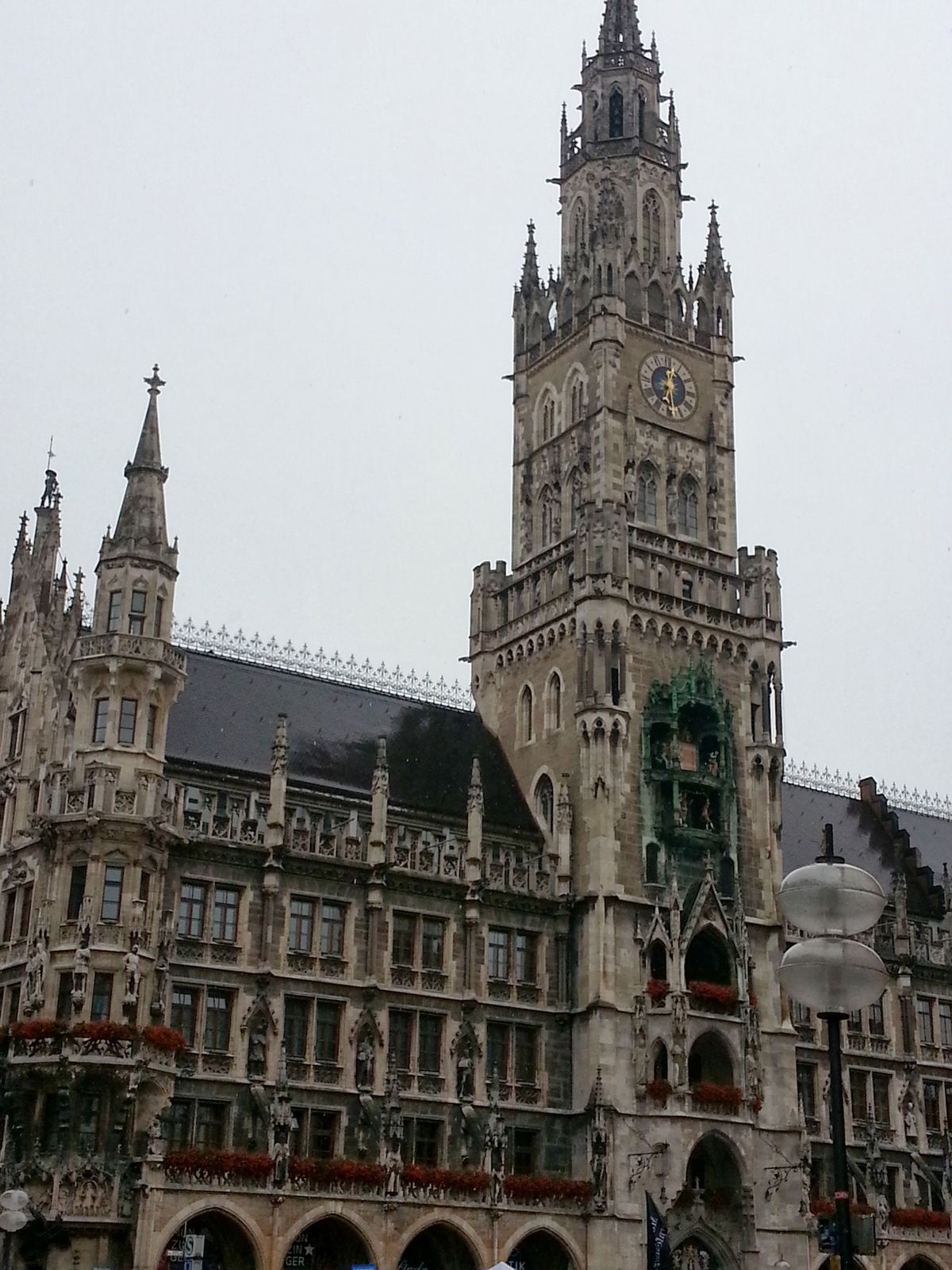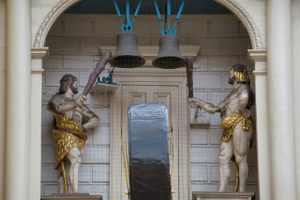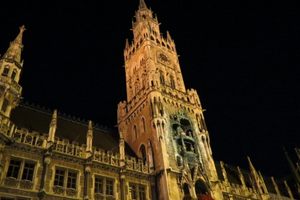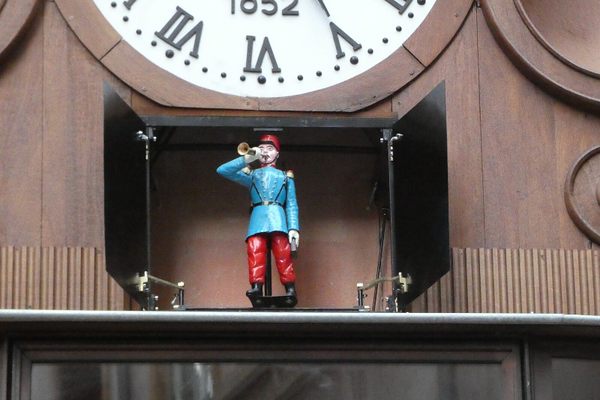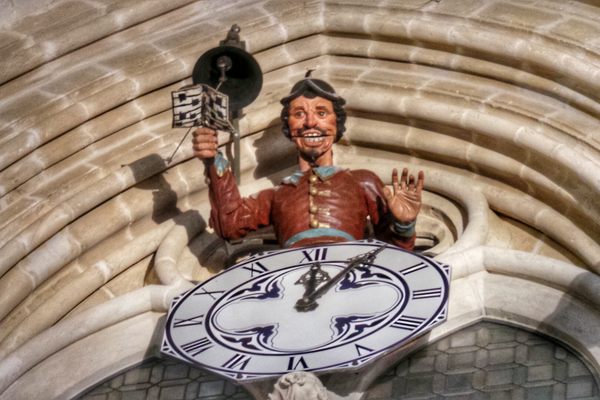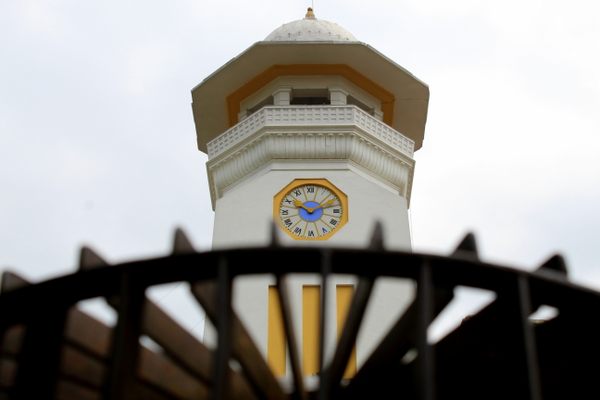About
The wedding of the 16th-century duke most famous for building the first brewery in Munich is celebrated every day in the huge mechanical clock on Marienplatz. 43 bells and 32 life-sized figures come to life daily in the 260-foot tower, reenacting two scenes from Munich's history.
The top part of the clock recounts the story of the fantastically expensive and sumptuous marriage of Bavarian Duke Wilhelm V in 1568, with mechanical jousters representing Bavaria in blue triumph over knights of Lothingren in red. The original party lasted two weeks, and was attended by thousands of revelers, the highlight being the royal joust, which took place in the Marienplatz where the clock is now located.
A couple of blocks away is the Hofbraeuhaus founded by Wilhelm V to meet his needs for brown ale, the first brewery in the city. Lavish wedding as beer aside, Duke Wilhelm V was also known as a militant Catholic leader who took increasingly drastic measures both of personal piety and of public anti-Protestant policy. Under his leadership, Bavaria became known as the center of early counter-reformation actions, including the final expulsion of Catholics from Bavaria and numerous witch hunts—a legacy that continued after his death by his son Maximillian I.
On the lower portion of the glockenspiel, coopers (barrel makers) twirl through their famous Schäfflerstanz. According to tradition, the Schäfflerstanz, or Cooper's Dance is tied to the end of a 1517 plague when the local coopers lured the frightened residents back out into the streets with some foot-slapping dancing. The details may be apocryphal, but Munich did suffer a terrible plague in 1635 which wiped out about a third of the population. Considered one of the last original guild dances in Germany, the Schäfflerstanz is traditionally reenacted by live dancers every seven years during the festival of Fasching, coming up next in 2012.
At the end of the show, a small golden bird chirps from the top of the glockenspiel. The whole show lasts about 15 minutes.
A relatively recent addition to the ancient town square, the glockenspiel was built in 1908 as part of the second half of the building on the gingerbread Gothic-revival New Town Hall. Amazingly, the building escaped major damage during the heavy bombardment during WWII which left other buildings nearby roofless. A 2007 renovation apparently left the carillon out of tune, but it has since been remedied.
Related Tags
Know Before You Go
For most of the year, the show starts daily at 11 a.m., with additional shows at noon and 5 p.m. in the summertime, lasting 12-15 minutes long. In the winter shows are only at noon and 1 p.m. For a higher vantage point, head to the Hugendubel bookshop across the street and climb to the third floor.
Making a smaller nighttime appearance, at 9 p.m., two figures—an angel on one side, and a night watchman on the other—emerge below the clock face.
Community Contributors
Added By
Published
January 4, 2010










